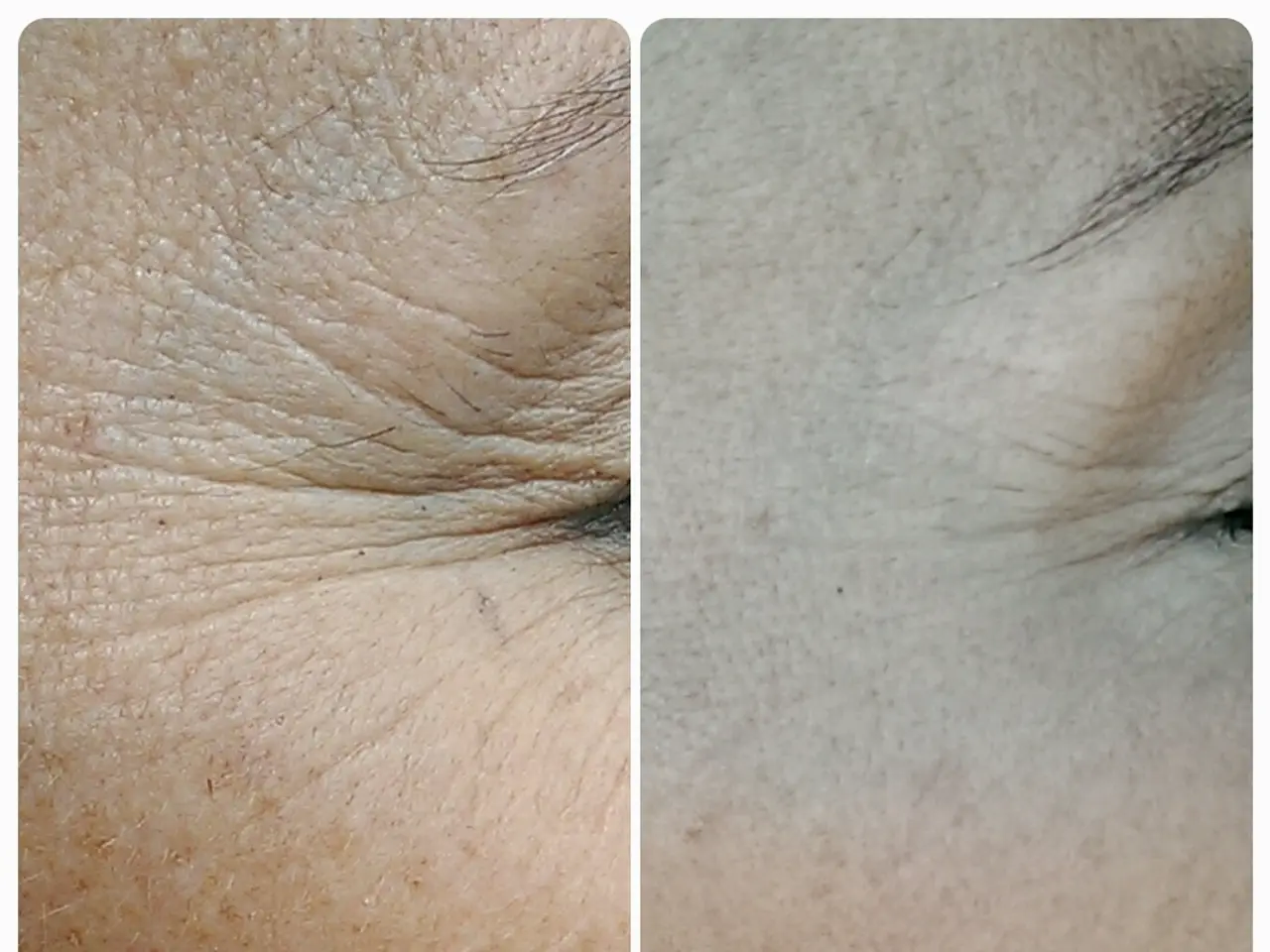Cellulitis: Causes, Symptoms, and Remedies - Is it usually itchy?
Cellulitis and Itching: Understanding the Connection
Cellulitis, a common bacterial skin infection, is typically characterized by symptoms such as redness, swelling, pain, and inflammation. However, itching can also be a part of the picture, particularly during the healing process.
In its early stages, cellulitis is not usually associated with itching. But as the infection progresses and the healing process begins, the affected skin may become inflamed, red, and itchy. This can be due to skin irritation, new skin formation, or the effect of topical treatments.
It is essential to note that while itching can occur, it is not a primary symptom of cellulitis. Other symptoms such as swelling, warmth, redness, pain, and tenderness are more common. However, if itching persists or becomes severe, it could indicate a more complex issue or complication.
If you are experiencing itching during the recovery phase of cellulitis, it is crucial to consult a healthcare professional before trying any new treatment. Proper medical advice will ensure that any itching is effectively managed and that the cellulitis is properly treated.
Cellulitis is most commonly found on the lower legs and usually starts on only one side of the body. If left untreated, it can spread to other parts of the body, potentially leading to serious complications such as sepsis. Sepsis is a potentially dangerous health concern characterized by symptoms such as high fever, chills, breathing difficulty, rapid heartbeat, and more.
Cellulitis often occurs as a result of bacteria invading the skin through superficial wounds or other infections, such as athlete's foot. This infection can cause the skin between the toes to become dry and itchy, potentially leading to cellulitis if left untreated.
In conclusion, while itching is not a common initial symptom of cellulitis, it can occur during the healing process. If you notice redness, swelling, or pain in certain areas of your skin, it is essential to seek medical attention promptly to prevent the infection from spreading and potentially leading to more serious complications.
Managing itching during the recovery process of cellulitis may be due to skin irritation, new skin formation, or the effects of topical treatments, as discussed in skin care and health-and-wellness. It is important to consult a medical professional for advice on effectively managing itching and treating cellulitis, especially since it is not a primary symptom but can be a part of the picture. In science, understanding the connection between cellulitis and itching can provide valuable insights into various medical conditions and their treatments, including skin care.




